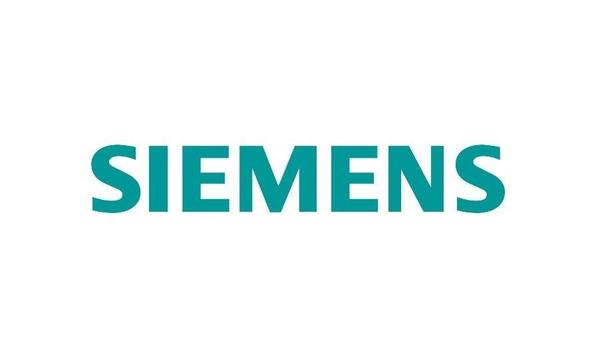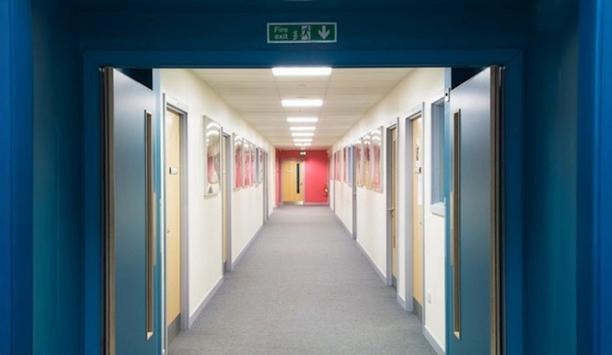Fire sprinkler systems have set a benchmark of exceptional fire safety and protection. Almost all residential and office buildings have ensured (and are ensuring) to install a fire sprinkler system at their premises. The automatic operation of these systems serves to be the first line of defense in the worst-case scenarios that is when a fire does indeed break out.
These fire sprinkler systems are, therefore, quite dependable. And when such a reliable arrangement constitutes to be an imperative component of a fire safety plan, it is quite necessary to get it regularly inspected and tested, to make sure that it continues to perform optimally.
So, if one is a business owner or facilities manager, one should be informed on how often one should be getting the sprinkler systems inspected and tested. In this article, Mill Brook furnishes a general overview of these particular specifics and details:
How Often Should Fire Sprinklers Be Inspected?
All the components of a fire sprinkler system, based on their functioning, require to be inspected at different time intervals. The following are the recommended time intervals of inspection of the different elements of a sprinkler system:
1) Weekly To Monthly
Gauges need to be inspected as much as once a week to make sure that they are fit for the purpose
Gauges are a vital component of a fire sprinkler system. They help to ensure that the system is active and in service. They also check that proper water supply and pressure are available.
Therefore, gauges need to be inspected as much as once a week to make sure that they are fit for the purpose, whether talking about dry, pre-action, and deluge systems. However, the wet pipe gauges can go as far as one month without requiring another inspection.
2) Quarterly
Once every three months, the water flow alarm devices, signal devices, valve alarm devices, hydraulic data plates, control valves, and fire department connections of the sprinkler system must be extensively inspected.
3) Annually
Annual testing and or flow test constitutes the monitoring of pipework and fittings, signage, hanger/seismic bracing, and the fire sprinkler system as a complete unit, itself.
4) Every Five Years
It is highly recommended to inspect all internal pipework concerning the entire installed unit of a fire sprinkler system. The blockages must be checked as well. And, other components, as per their functioning, and requirements should be serviced.
How Often Should Fire Sprinkler Systems Be Tested?
Testing involves physical use of the equipment to verify whether the component is functioning or not
First of all, there is a difference between inspections and testing of fire sprinkler systems. Inspections are fundamentally visual checks, whereas testing involves actual physical use of the equipment to verify whether the component is functioning as intended or not. That is the reason testing is executed at less frequent time intervals than inspections.
1) Quarterly
It is recommended to execute a physical test on all the mechanical devices of a fire sprinkler system. This is usually mandated by the local AHJ.
2) Annually
Likewise, and as bracketed under the annual inspection category, a fire sprinkler system must be thoroughly tested, every year, as well. Technicians must physically check every component of the entire unit, from water flow and fire pump to alarm and trip tests of dry pipe, deluge, and pre-action valves. This is also usually mandated by the local AHJ.
3) Every Five Years
Precautionary tests on the sprinklers exposed to either high temperatures or harsh conditions must most definitely be conducted every five years. Gauges of all types of sprinkler systems shall too be tested and/or replaced (as per requirement).
4) Every 10 Years
Standard sprinklers must be tested after 50 years and then after the succeeding 10-year interludes
Dry sprinkler systems must be tested and/or replaced after a decade. Fast-response sprinklers should be tested after 20 years (and subsequently, within or after a 10-year time interval).
Standard sprinklers must be tested after 50 years and then after the succeeding 10-year interludes.
Monitoring the function of the fire sprinkler system
As one can see, fire sprinkler systems are integral to the safety outlines of numerous residential and corporate structures. Therefore, every individual must ensure to get their system inspected and tested regularly. Qualified personnel and technicians must be approached to conduct the tasks. They could efficiently and frequently monitor, re-equip, and improve the functioning of the fire sprinkler system.















